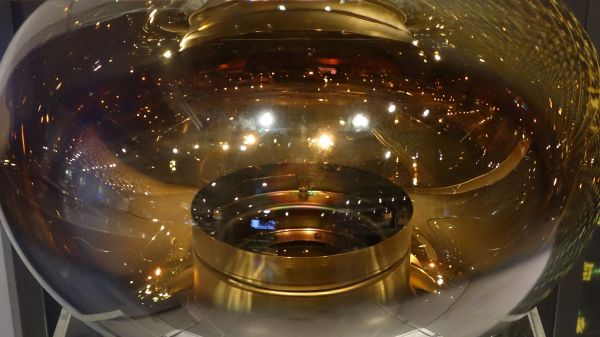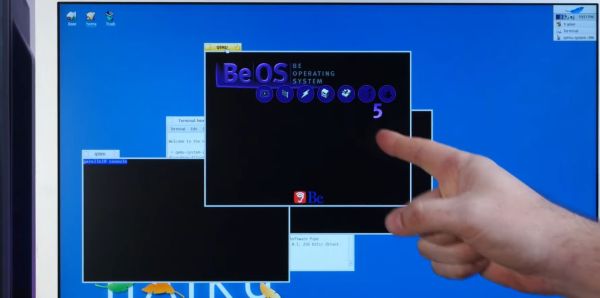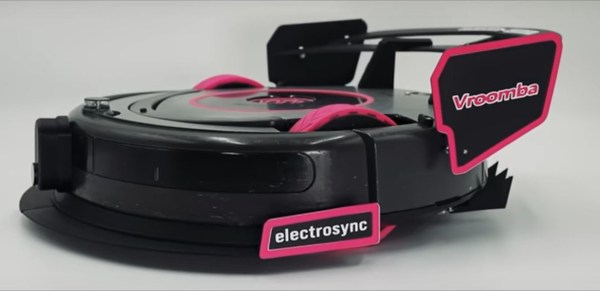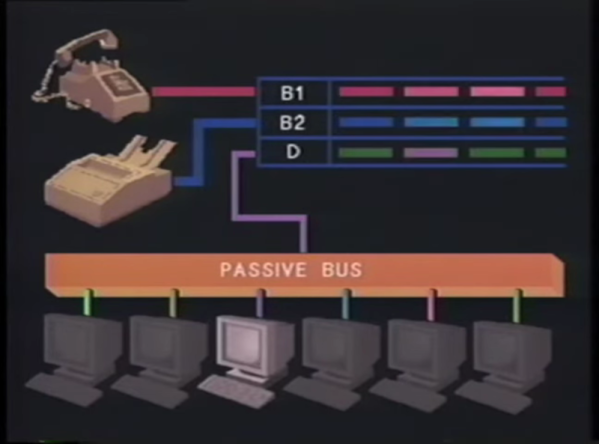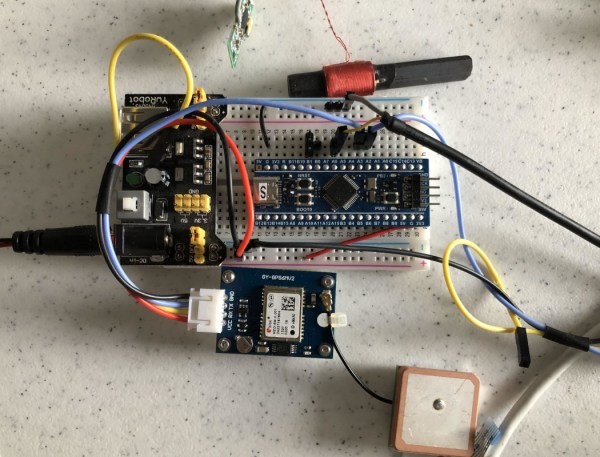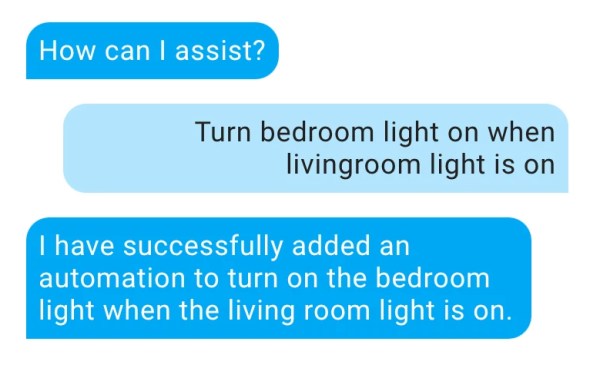Join us on Wednesday, January 17 at noon Pacific for the Neutrino Hunters Hack Chat with Patrick Allison!
It’s a paradox of science that the biggest of equipment is needed to study the smallest of phenomena. The bestiary of subatomic particles often requires the power and dimension of massive accelerators to produce, and caverns crammed with racks full of instruments to monitor their brief but energetic lives. Neutrinos, though, are different. These tiny, nearly massless, neutral particles are abundant in the extreme, zipping through space from sources both natural and artificial and passing through normal matter like it isn’t even there.
That poses a problem: how do you study something that doesn’t interact with the stuff you can make detectors out of? There are tricks that neutrino hunters use, and most of them use very, VERY big instruments to do it. Think enormous tanks of ultrapure water or a cubic kilometer of Antarctic ice, filled with photomultiplier tubes to watch for the slightest glimmer of Cherenkov radiation as a neutrino passes by.
 Neutrino hunting is some of the biggest of Big Science, and getting all the parts to work together takes some special engineering. Patrick Allison has been in the neutrino business for decades, both as a physicist and as the designated guru who keeps all the electronics humming. He’ll join us on the Hack Chat to talk about the neutrino hunting trade, and what it takes to keep the data flowing.
Neutrino hunting is some of the biggest of Big Science, and getting all the parts to work together takes some special engineering. Patrick Allison has been in the neutrino business for decades, both as a physicist and as the designated guru who keeps all the electronics humming. He’ll join us on the Hack Chat to talk about the neutrino hunting trade, and what it takes to keep the data flowing.
Our Hack Chats are live community events in the Hackaday.io Hack Chat group messaging. This week we’ll be sitting down on Wednesday, January 17 at 12:00 PM Pacific time. If time zones have you tied up, we have a handy time zone converter.
Featured image: Daderot, CC0, via Wikimedia Commons

